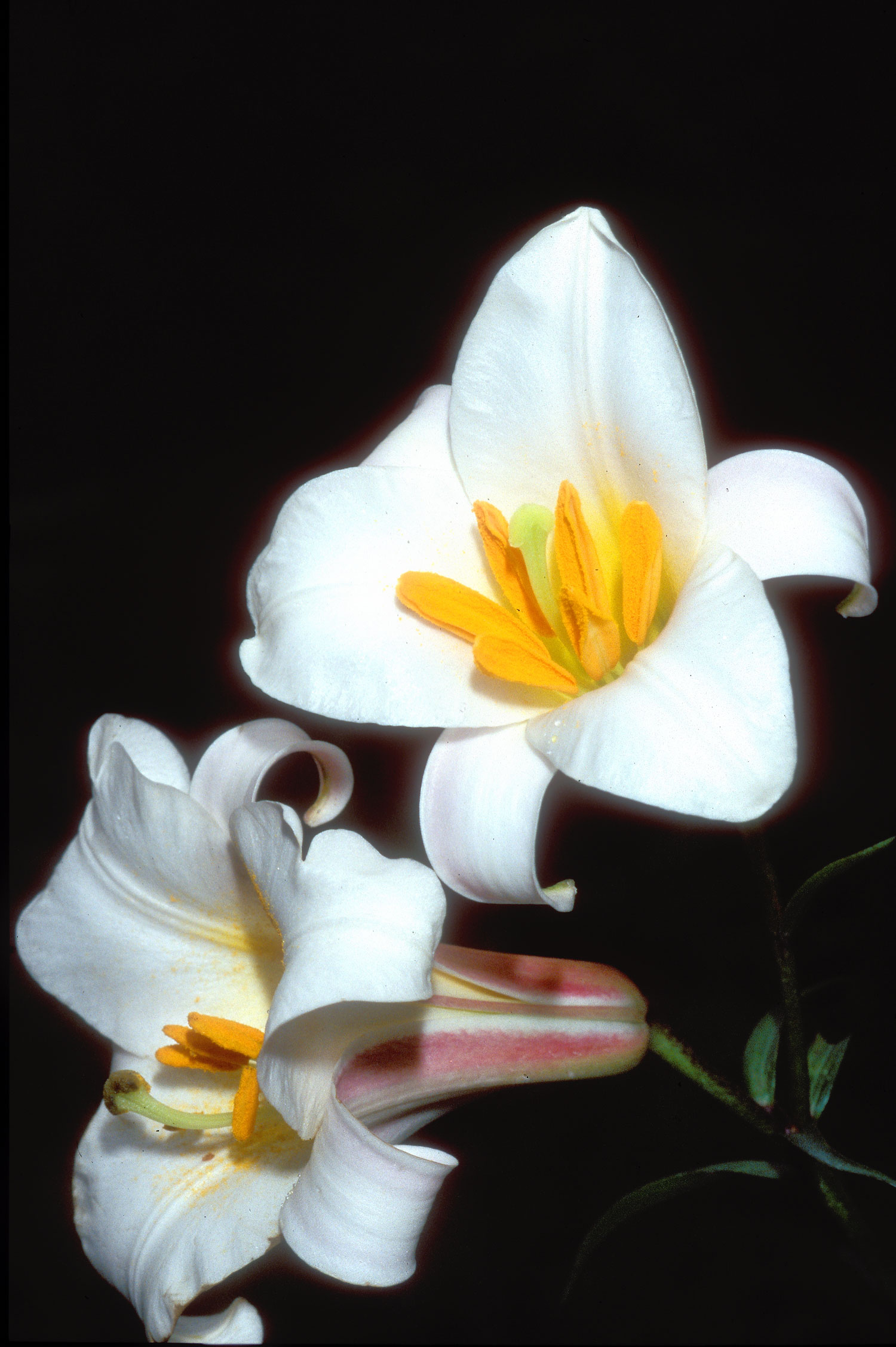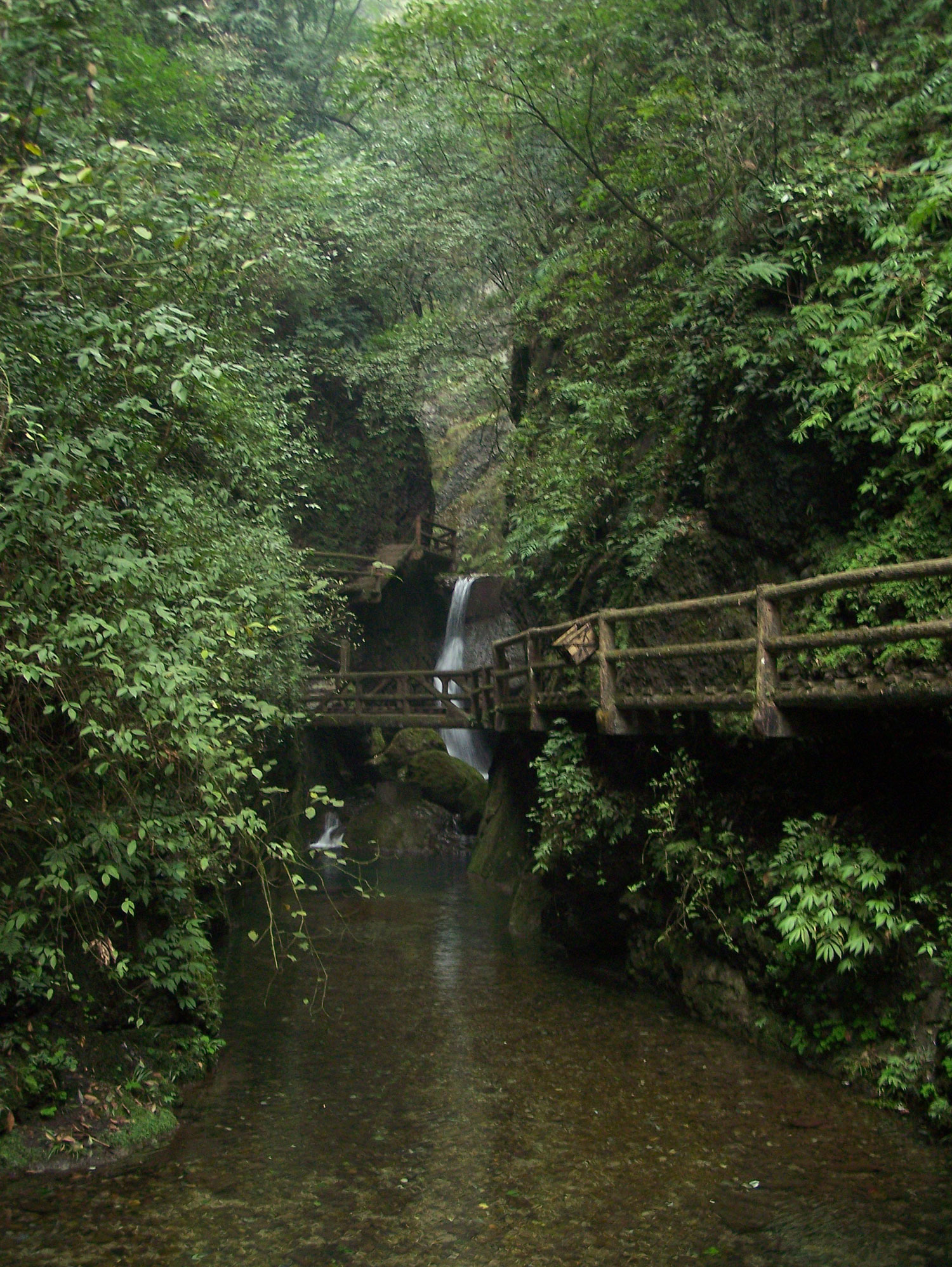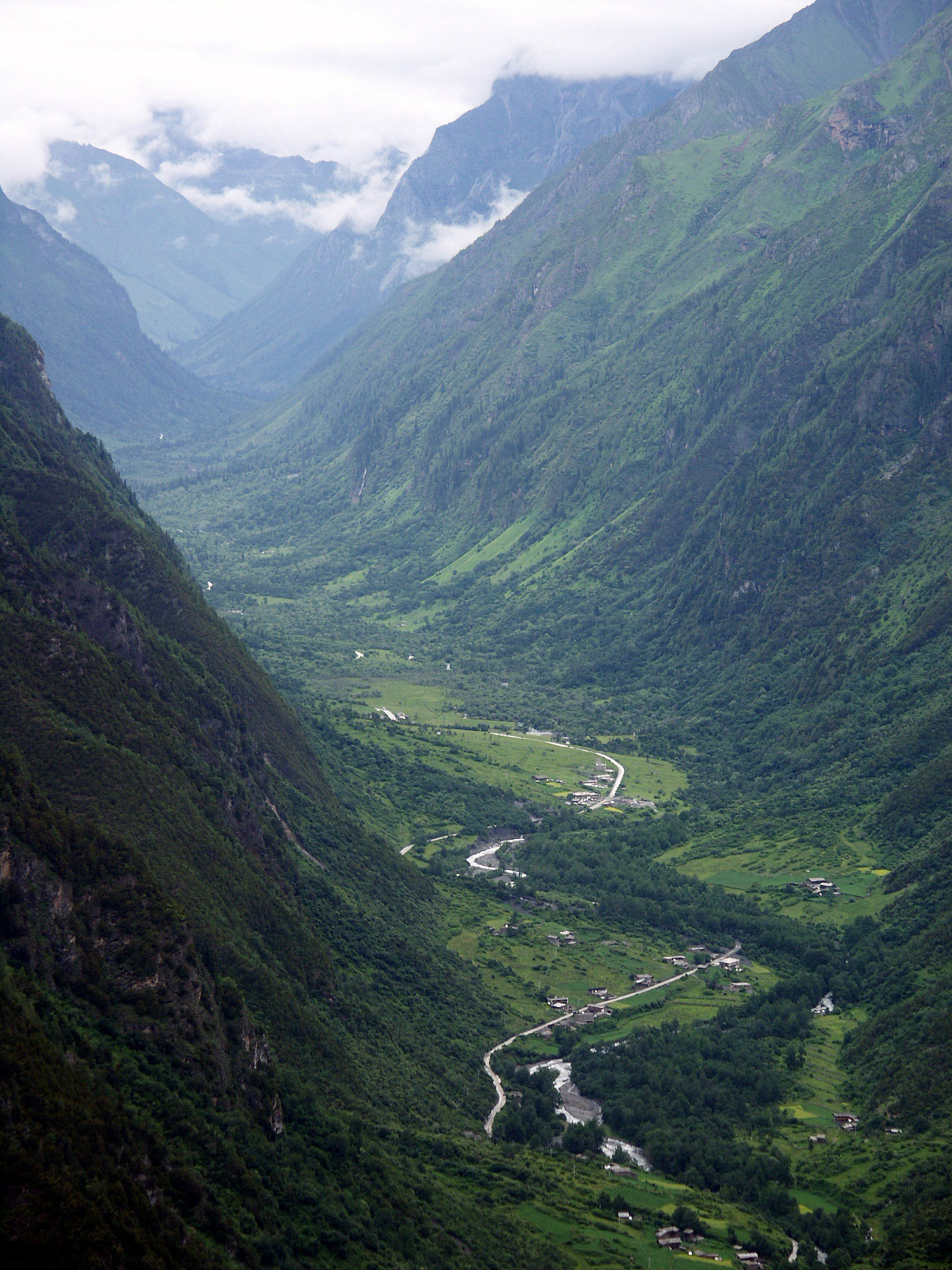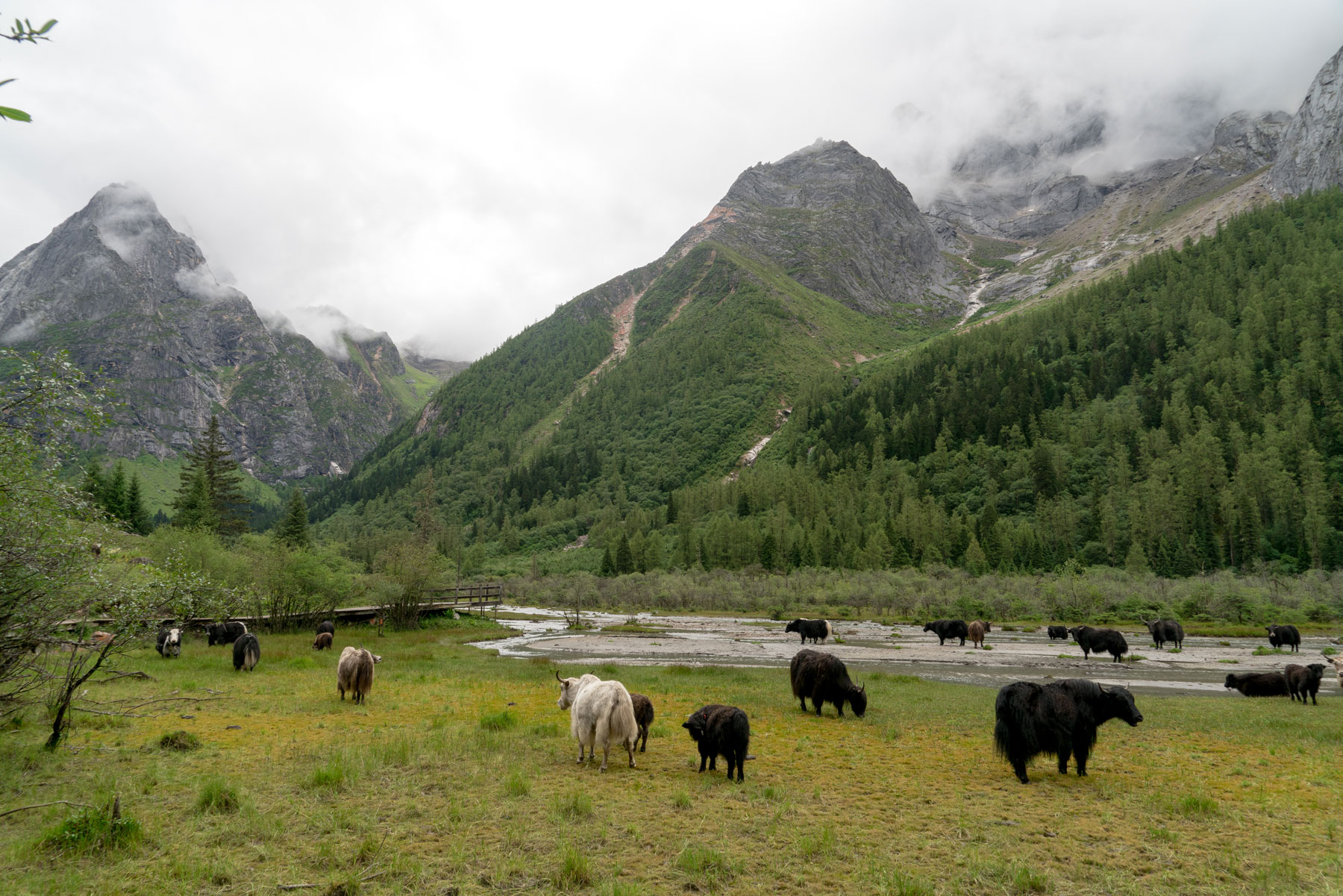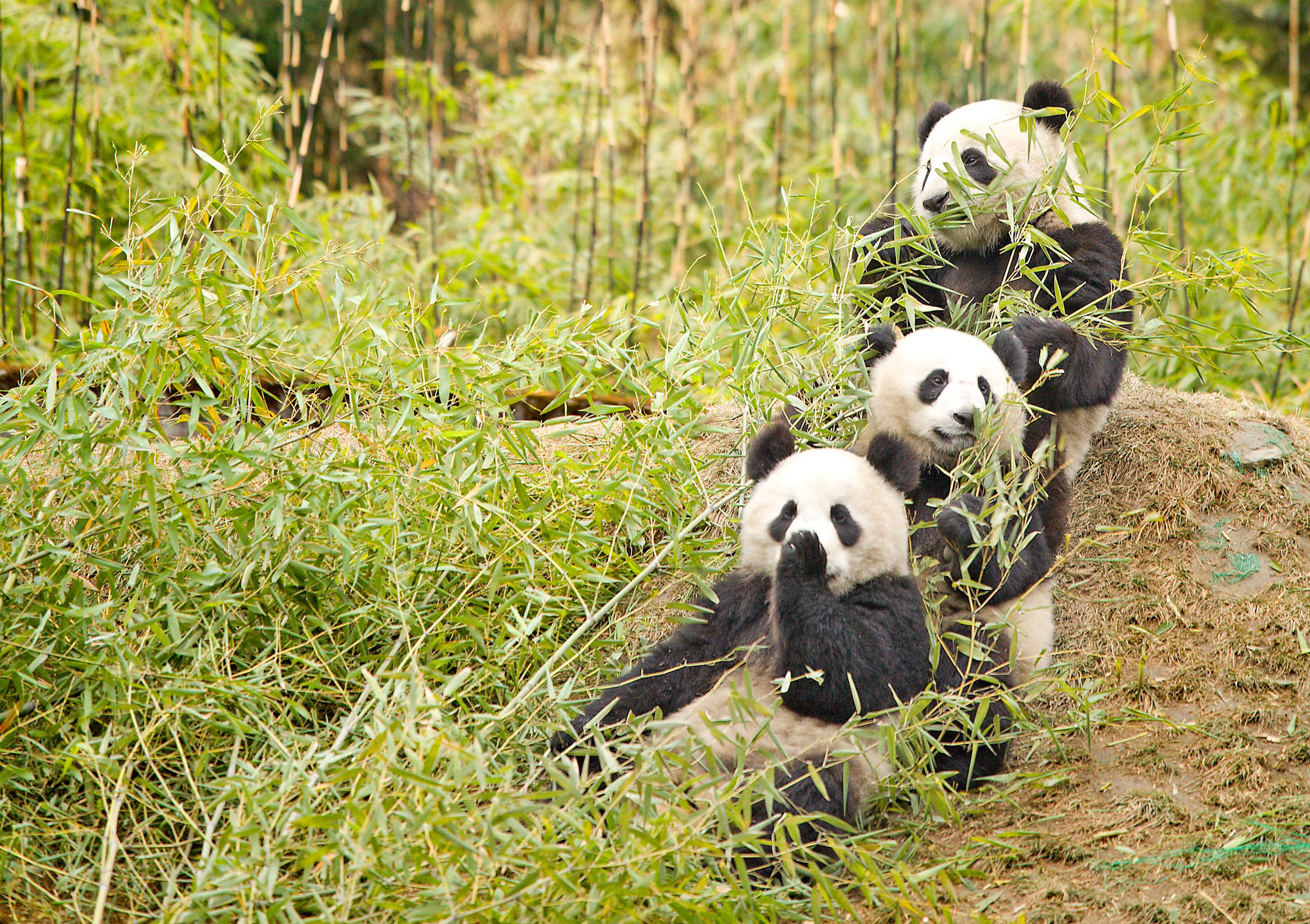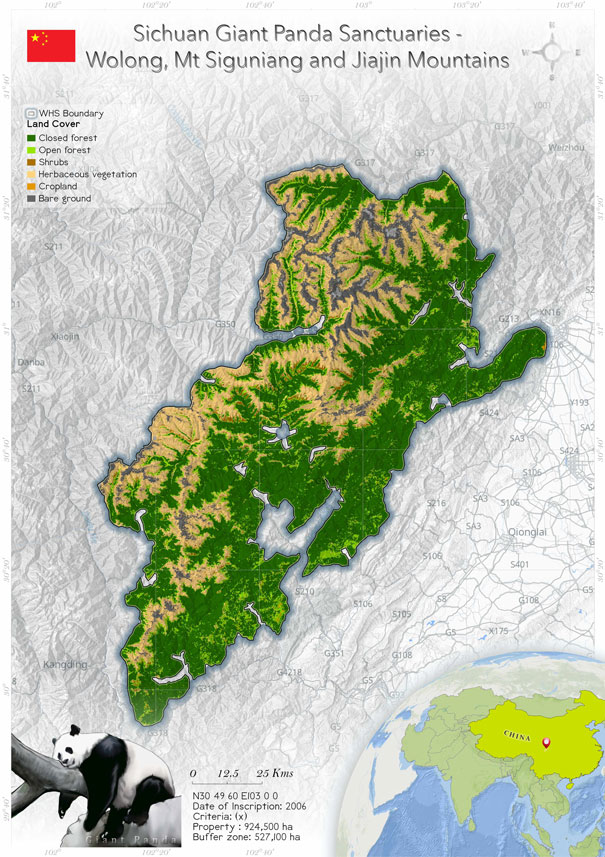
Sichuan Giant Panda Sanctuaries - Wolong, Mt Siguniang and Jiajin Mountains (1213)
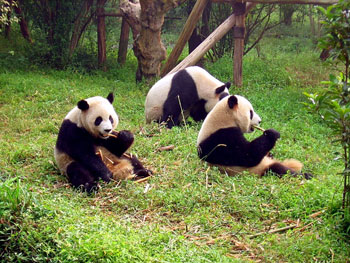 The Sichuan Giant Panda Sanctuaries are situated in the southeastern part of China, in Wenchuan County. They include three ranges: Wolong, Mount Siguniang and Jiajin Mountains. The property is known for its importance for giant panda conservation and captive breeding, and it is an important example of global conservation efforts. The area got inscribed in 2006 under criteria- X as it is the most important place for breeding the giant panda. Situated between 1600 and 3500 m altitude, the property has sub-tropical through temperate to alpine zones. The faunal diversity of the place, includes the red panda, clouded leopard and snow leopard. The site has 5000–6000 floral species belonging to 1000 genera. Fifty (20%) of these genera are endemic to China Some of the common species are the dove tree, referred to as a living fossil, mangnolias, bamboos, rhododendrons and orchids. The place is also rich in medicinal plants: there are around 151 families and 850 species of medicinal plant recorded. There are more than 100 species of rhododendron and 22 orchid species (40% are endemic). The site is managed by the Government of China and various other government agencies. According to IUCN World Heritage Outlook, the status of the property is "Good with some concerns". Some threats such as mass tourism, poaching, illegal logging, mining and human– wildlife conflicts are causing harm to the property and its Outstanding Values.
The Sichuan Giant Panda Sanctuaries are situated in the southeastern part of China, in Wenchuan County. They include three ranges: Wolong, Mount Siguniang and Jiajin Mountains. The property is known for its importance for giant panda conservation and captive breeding, and it is an important example of global conservation efforts. The area got inscribed in 2006 under criteria- X as it is the most important place for breeding the giant panda. Situated between 1600 and 3500 m altitude, the property has sub-tropical through temperate to alpine zones. The faunal diversity of the place, includes the red panda, clouded leopard and snow leopard. The site has 5000–6000 floral species belonging to 1000 genera. Fifty (20%) of these genera are endemic to China Some of the common species are the dove tree, referred to as a living fossil, mangnolias, bamboos, rhododendrons and orchids. The place is also rich in medicinal plants: there are around 151 families and 850 species of medicinal plant recorded. There are more than 100 species of rhododendron and 22 orchid species (40% are endemic). The site is managed by the Government of China and various other government agencies. According to IUCN World Heritage Outlook, the status of the property is "Good with some concerns". Some threats such as mass tourism, poaching, illegal logging, mining and human– wildlife conflicts are causing harm to the property and its Outstanding Values.
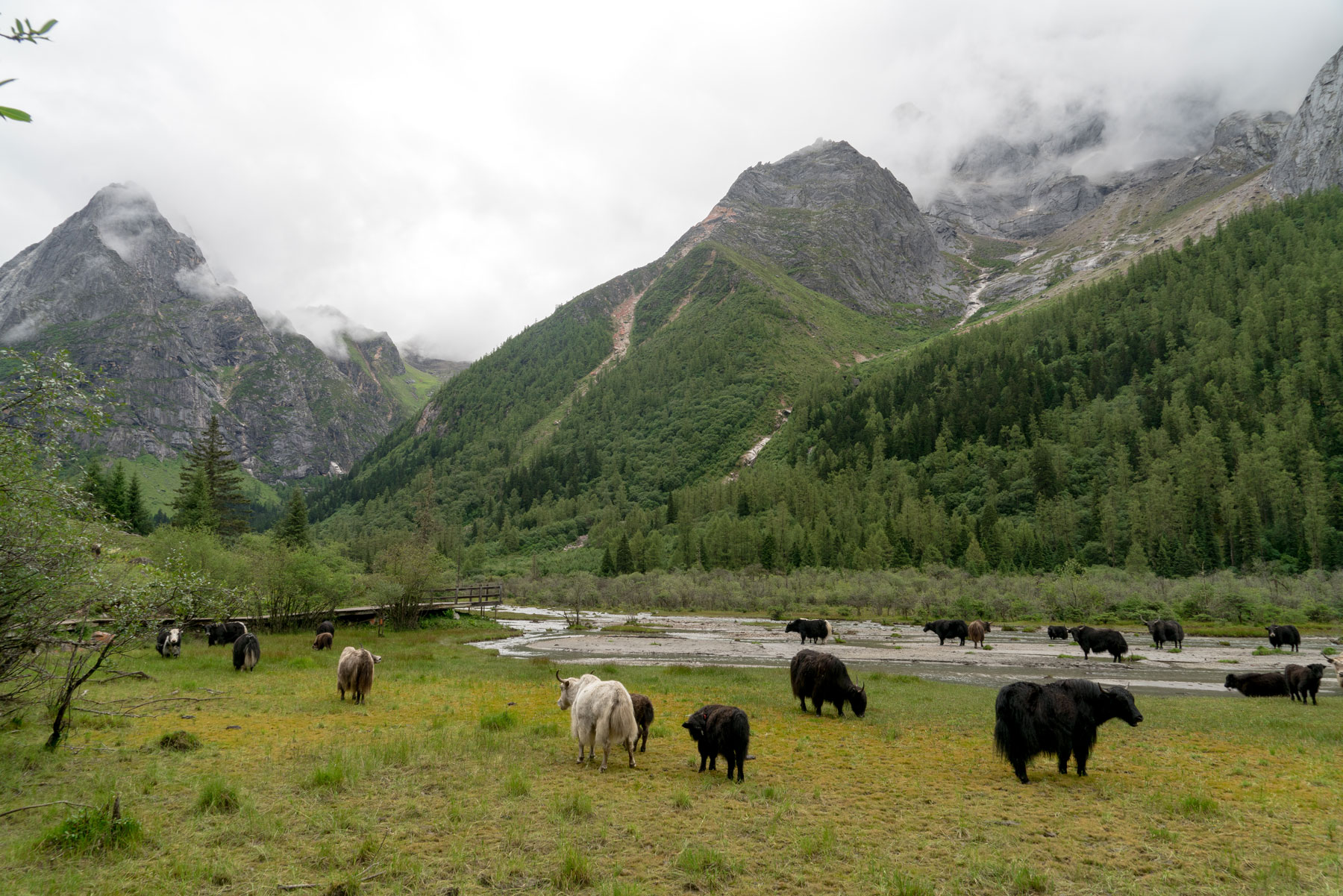 The property is situated in the southeast of China, in Wenchaun County, Sichuan Province, in the Qionglai and Jiajin mountains, between the Chengdu Plateau and the Qinghai-Tibetan Plateau. It is located between latitudes 29° 53' 47" and 31° 21' 49" N and longitudes 102° 08' 45" and 103° 23' 45" E. With an area of 924,500 ha, the park has a buffer zone of 527,100 ha. It includes seven nature reserves and 11 scenic parks. The property is situated at the border of the Sichuan basin in the west and is located about 100 km from Chengdu City (World Heritage Nomination 2006). Sichuan Giant Panda Sanctuaries are located in the temperate region. The Sichuan Giant Panda Sanctuaries includes Wolong, Mount Siguniang, and Jiajin Mountains. The property is known for global conservation efforts. It has been identified as a national treasure in China because of its importance of giant panda conservation (UNESCO whc. unesco.org). Wolong Nature Reserve is among China’s largest nature reserves (Xu et al. 2019) and is recognized as one of the 34 globally recognized biodiversity hotspots (Hong et al. 2017). The property is home to more than 30% of the world giant panda population. It is the largest area in the world that has pandas in the wild. Hence it is the source of the giant panda’s captive breeding population (UNESCO whc.unesco.org). Wolong Nature Reserve was established in 1963 (Xu et al. 2019), at which time its area was 200 km2. This was extended to 2000 km2 in 1975 (Xu et al. 2019). In 1979, the nature reserve was declared a biosphere reserve with an area of 200,000 ha (UNESCO whc.unesco.org). Wolong National Nature Reserve was nominated for World Heritage Site status as the Wolong Giant Panda Reserve in 1989, and Mount Qingcheng and Dujiangyan National Park were nominated as a part of the Mount Qingcheng and Dujiangyan Irrigation System in 2000 (World Heritage Nomination 2006). These two sites were together included in the Sichuan Giant Panda Sanctuaries and got declared a UNESCO World Heritage Property in 2006 (UNESCO whc.unesco.org). The Qionglai Mountains are constituted mainly of Triassic siltstone, limestone and slate, and the western half of the Jiajin Mountains is made up of Permocarboniferous rock (World Heritage Nomination 2006). According to recent data collected by Xu et al. (2019), the reserve has almost 100 giant pandas, approximately 10% of the panda population in China. Giant pandas are rare “living fossils,” listed in Appendix I of the Convention on International Trade in Endangered Species of Wild Fauna and Flora (CITES). The giant panda is the emblem of the World Wide Fund for Nature (WWF) (Ma et al. 2013). It is categorized as Endangered by the IUCN Red List of Threatened Species and falls under the category of Class 1 Protected Animal of the Chinese government (World Heritage Nomination 2006). Other than giant pandas, the place is home to around 57 endangered animals, such as the red panda (Ailurus fulgens) and golden monkey (Rhinopithecus roxellana) (Xu et al. 2019). The property is home to nearly 365 bird species, 1898 species of higher plant in 217 families and 814 genera, including 12 national key protected plants of China.
The property is situated in the southeast of China, in Wenchaun County, Sichuan Province, in the Qionglai and Jiajin mountains, between the Chengdu Plateau and the Qinghai-Tibetan Plateau. It is located between latitudes 29° 53' 47" and 31° 21' 49" N and longitudes 102° 08' 45" and 103° 23' 45" E. With an area of 924,500 ha, the park has a buffer zone of 527,100 ha. It includes seven nature reserves and 11 scenic parks. The property is situated at the border of the Sichuan basin in the west and is located about 100 km from Chengdu City (World Heritage Nomination 2006). Sichuan Giant Panda Sanctuaries are located in the temperate region. The Sichuan Giant Panda Sanctuaries includes Wolong, Mount Siguniang, and Jiajin Mountains. The property is known for global conservation efforts. It has been identified as a national treasure in China because of its importance of giant panda conservation (UNESCO whc. unesco.org). Wolong Nature Reserve is among China’s largest nature reserves (Xu et al. 2019) and is recognized as one of the 34 globally recognized biodiversity hotspots (Hong et al. 2017). The property is home to more than 30% of the world giant panda population. It is the largest area in the world that has pandas in the wild. Hence it is the source of the giant panda’s captive breeding population (UNESCO whc.unesco.org). Wolong Nature Reserve was established in 1963 (Xu et al. 2019), at which time its area was 200 km2. This was extended to 2000 km2 in 1975 (Xu et al. 2019). In 1979, the nature reserve was declared a biosphere reserve with an area of 200,000 ha (UNESCO whc.unesco.org). Wolong National Nature Reserve was nominated for World Heritage Site status as the Wolong Giant Panda Reserve in 1989, and Mount Qingcheng and Dujiangyan National Park were nominated as a part of the Mount Qingcheng and Dujiangyan Irrigation System in 2000 (World Heritage Nomination 2006). These two sites were together included in the Sichuan Giant Panda Sanctuaries and got declared a UNESCO World Heritage Property in 2006 (UNESCO whc.unesco.org). The Qionglai Mountains are constituted mainly of Triassic siltstone, limestone and slate, and the western half of the Jiajin Mountains is made up of Permocarboniferous rock (World Heritage Nomination 2006). According to recent data collected by Xu et al. (2019), the reserve has almost 100 giant pandas, approximately 10% of the panda population in China. Giant pandas are rare “living fossils,” listed in Appendix I of the Convention on International Trade in Endangered Species of Wild Fauna and Flora (CITES). The giant panda is the emblem of the World Wide Fund for Nature (WWF) (Ma et al. 2013). It is categorized as Endangered by the IUCN Red List of Threatened Species and falls under the category of Class 1 Protected Animal of the Chinese government (World Heritage Nomination 2006). Other than giant pandas, the place is home to around 57 endangered animals, such as the red panda (Ailurus fulgens) and golden monkey (Rhinopithecus roxellana) (Xu et al. 2019). The property is home to nearly 365 bird species, 1898 species of higher plant in 217 families and 814 genera, including 12 national key protected plants of China.
Criterion (x)
 The Sichuan Giant Panda Sanctuary includes more than 30% of the world’s population of giant Panda and constitutes the largest and most significant remaining contiguous area of panda habitat in the world. It is the most important source of giant panda for establishing the captive breeding population of the species. The property is also one of the botanically richest sites of any temperate region in the world or indeed anywhere outside of the tropical rain forests. Underlining the outstanding value is that it protects a wide variety of topography conservation and can demonstrate how ecosystem management systems can work across the borders of national and provincial protected areas.
The Sichuan Giant Panda Sanctuary includes more than 30% of the world’s population of giant Panda and constitutes the largest and most significant remaining contiguous area of panda habitat in the world. It is the most important source of giant panda for establishing the captive breeding population of the species. The property is also one of the botanically richest sites of any temperate region in the world or indeed anywhere outside of the tropical rain forests. Underlining the outstanding value is that it protects a wide variety of topography conservation and can demonstrate how ecosystem management systems can work across the borders of national and provincial protected areas.
Status
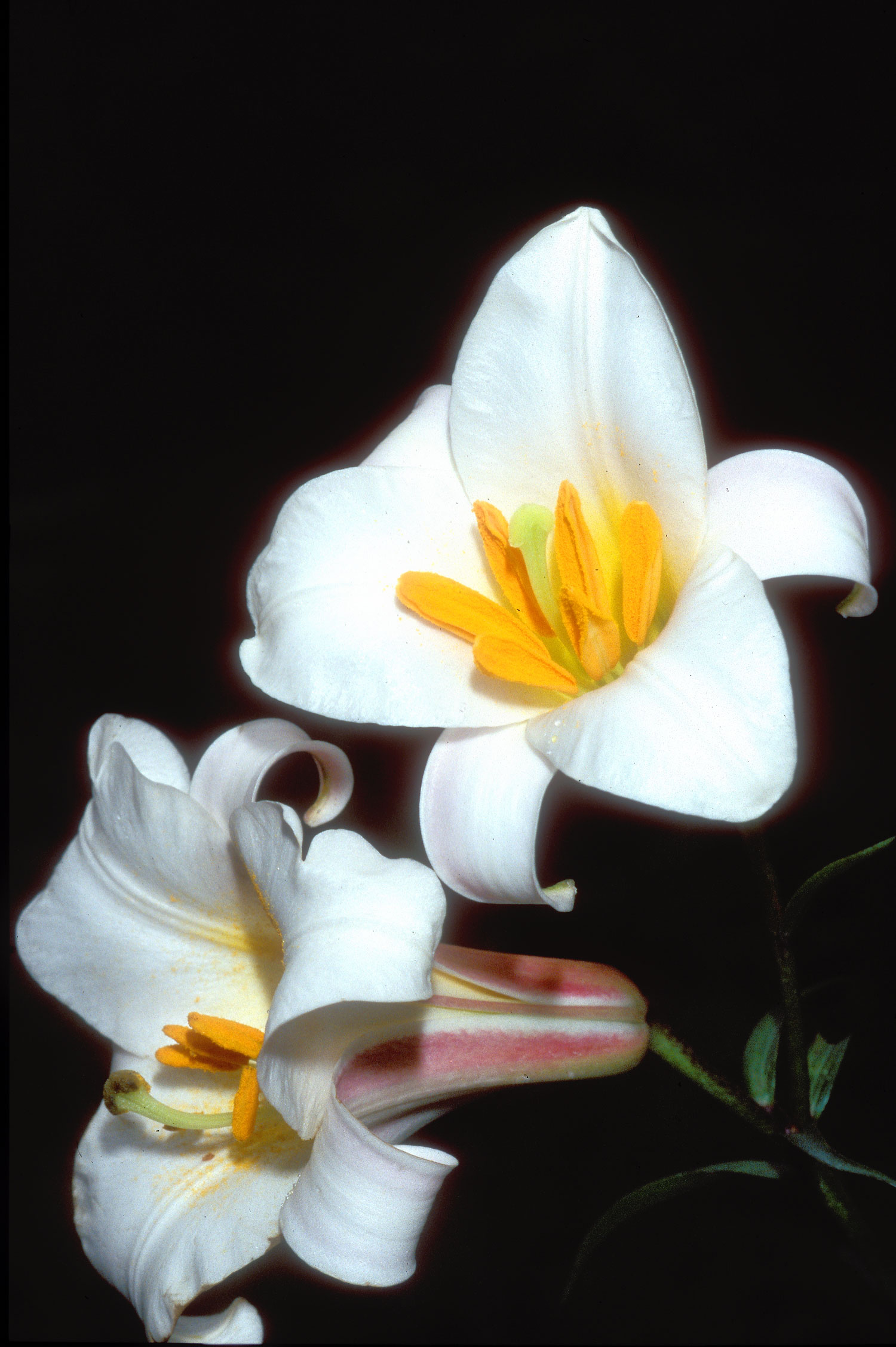 The property is completely owned by the government of the People’s Republic of China, and it is managed by various organizations’ by-laws and regulations at national and provincial levels. Regulation on Wild Plant Protection of the People’s Republic of China (1997), Regulations on the Protection of World Heritage of Sichuan Province; Regulation in the Management of Scenic and Historic Areas of Sichuan Province (2002) and Environmental Protection Law of the People’s Republic of China (2002) are some of these regulations. The management of the property is divided into three levels; the Sichuan Provincial World Heritage Management Committee, the relevant Prefecture of City World Heritage Management Office and the local site management agencies.
To reimpose the degraded natural habitat of the reserve, the local management has started three ecological restoration programmes: the Grain for Green Program (GGP), the Natural Forest Protection Program (NFPP) and the Switch from Fuelwood to Electricity Energy Program (Xu et al. 2019). The boundaries of the park are mapped according to the panda habitat, providing the species the maximum area. Green corridors have built in large fragmented areas to avoid inbreeding. The State of Conservation Report 2010 indicates that the park does not receive reports from the biodiversity monitoring programmes, Hence, the management authority has been requested to submit the property’s state of
conservation report to the World Heritage Committee to assess the status of the habitat, the wildlife population and the local people’s conditions. According to Xu et al. (2019), human–wildlife conflict is one of the major issues of the property, particularly in Wolong Nature Reserve. Wildlife damages crops and preys on livestock. More studies have to be carried out in this area to understand how human and wildlife can coexist? The major threats to the panda’s habitat are poaching, unregulated tourism, illegal logging, pasturage, irrational use of fuelwood, mining, occupation of land, destruction of forests and hydropower projects (Yu et al. 2011).
According to the latest assessment carried out by IUCN World Heritage Outlook, in 2020, the Sichuan Giant Panda Sanctuaries have been categorized as “Good with some concerns”. However, the property is facing some issues such as construction of housing and urbanization, dam construction and harvesting medicinal plants such as astroidea, gentians and caterpillar fungus.
The property is completely owned by the government of the People’s Republic of China, and it is managed by various organizations’ by-laws and regulations at national and provincial levels. Regulation on Wild Plant Protection of the People’s Republic of China (1997), Regulations on the Protection of World Heritage of Sichuan Province; Regulation in the Management of Scenic and Historic Areas of Sichuan Province (2002) and Environmental Protection Law of the People’s Republic of China (2002) are some of these regulations. The management of the property is divided into three levels; the Sichuan Provincial World Heritage Management Committee, the relevant Prefecture of City World Heritage Management Office and the local site management agencies.
To reimpose the degraded natural habitat of the reserve, the local management has started three ecological restoration programmes: the Grain for Green Program (GGP), the Natural Forest Protection Program (NFPP) and the Switch from Fuelwood to Electricity Energy Program (Xu et al. 2019). The boundaries of the park are mapped according to the panda habitat, providing the species the maximum area. Green corridors have built in large fragmented areas to avoid inbreeding. The State of Conservation Report 2010 indicates that the park does not receive reports from the biodiversity monitoring programmes, Hence, the management authority has been requested to submit the property’s state of
conservation report to the World Heritage Committee to assess the status of the habitat, the wildlife population and the local people’s conditions. According to Xu et al. (2019), human–wildlife conflict is one of the major issues of the property, particularly in Wolong Nature Reserve. Wildlife damages crops and preys on livestock. More studies have to be carried out in this area to understand how human and wildlife can coexist? The major threats to the panda’s habitat are poaching, unregulated tourism, illegal logging, pasturage, irrational use of fuelwood, mining, occupation of land, destruction of forests and hydropower projects (Yu et al. 2011).
According to the latest assessment carried out by IUCN World Heritage Outlook, in 2020, the Sichuan Giant Panda Sanctuaries have been categorized as “Good with some concerns”. However, the property is facing some issues such as construction of housing and urbanization, dam construction and harvesting medicinal plants such as astroidea, gentians and caterpillar fungus.
